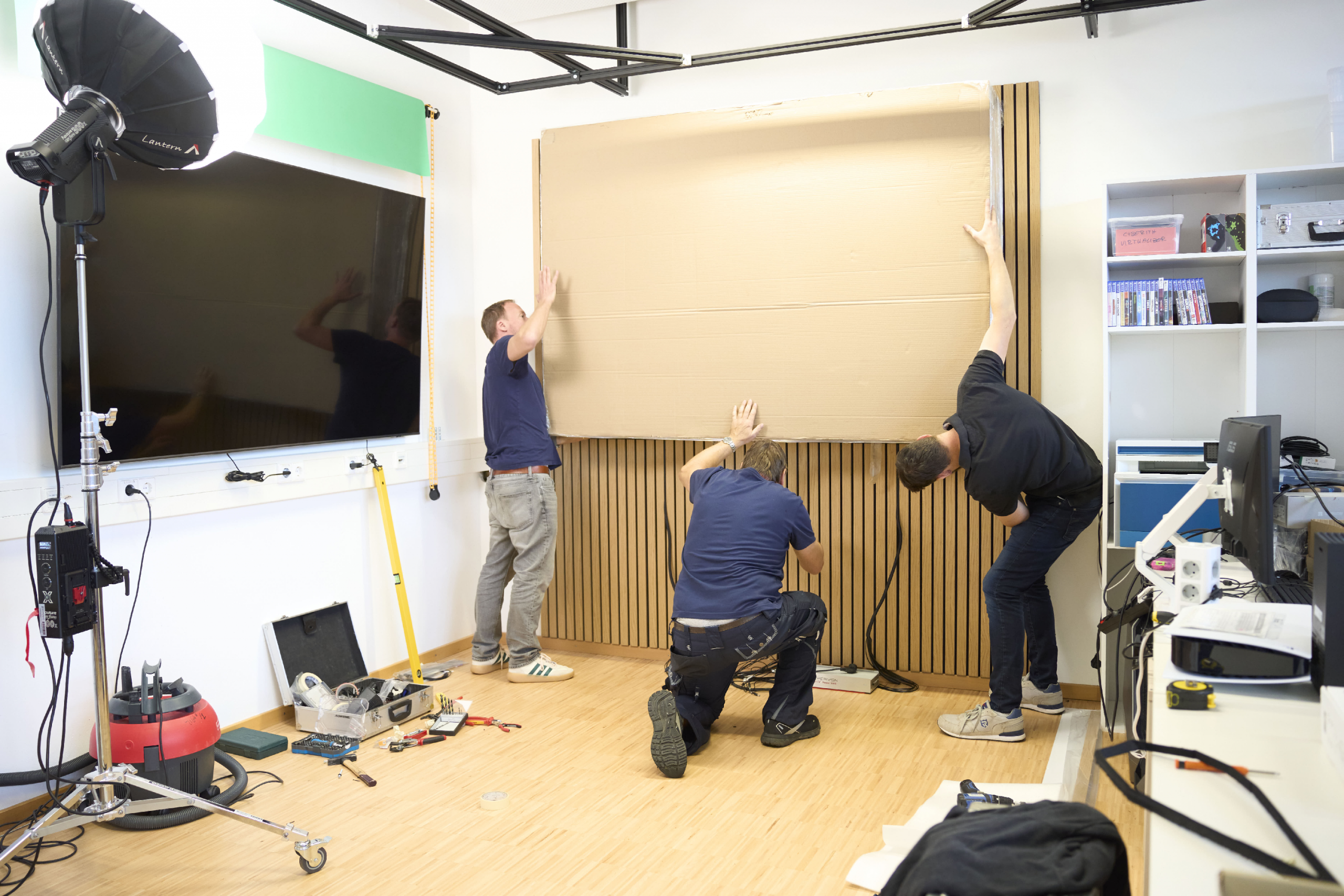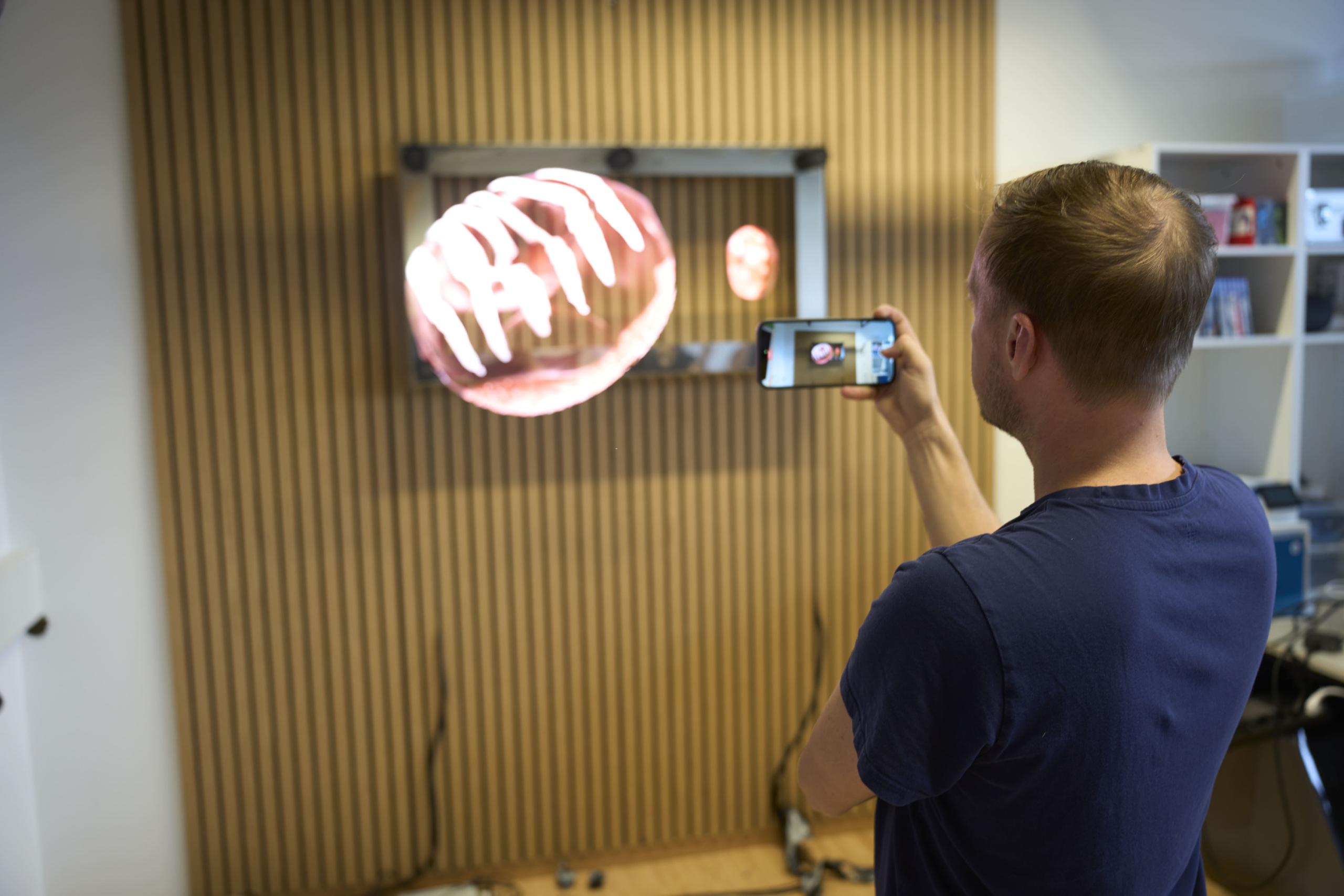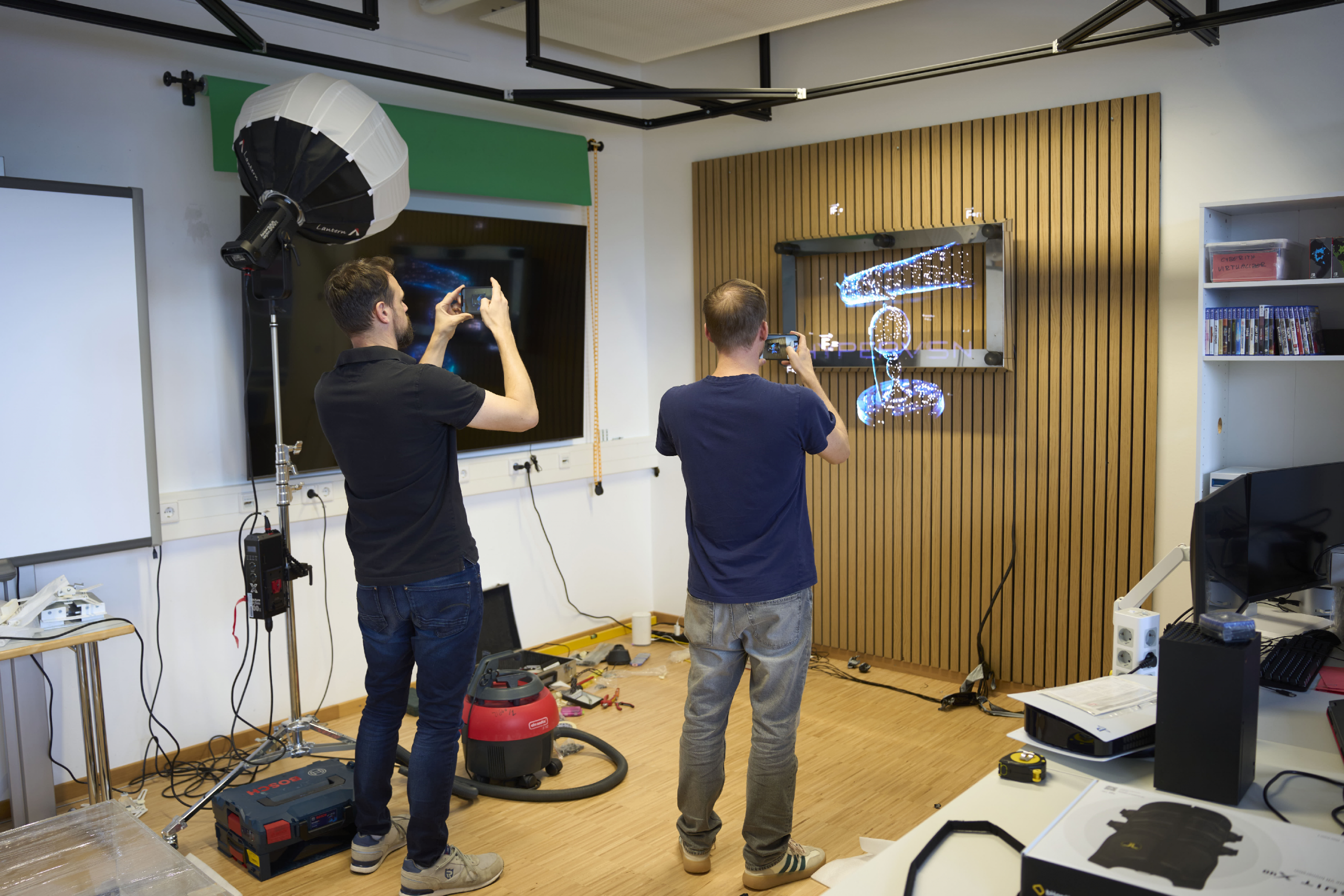Societal XR is a form of Extended Reality (XR) that moves technology into the environment, becomes accessible to everyone including children and people with disabilities, and integrates virtuality into their users’ reality, into their everyday life, and into public spaces. It strives for making XR interactively usable and experienceable for really everyone by not having to immerse people in virtual worlds and not requiring them to buy and wear head-mounted displays, but by bringing the virtual offers to them into the real world.
Societal XR is a concept introduced in 2022 in a first vision paper by Daniel Görlich, at that time professor for Virtual Reality & Game Development in Heidelberg/Germany. The vision is intended to pointing XR research and development the way to a new and public form of XR that can also be perceived by bystanders and passers-by and not only by its respective users, serving individuals as well as public and societal benefits.
To familiarize yourself with the concept, please start by reading the above-mentioned vision paper!

From here on, the posts are displayed in chronological order, starting with the most recent post at the top.













